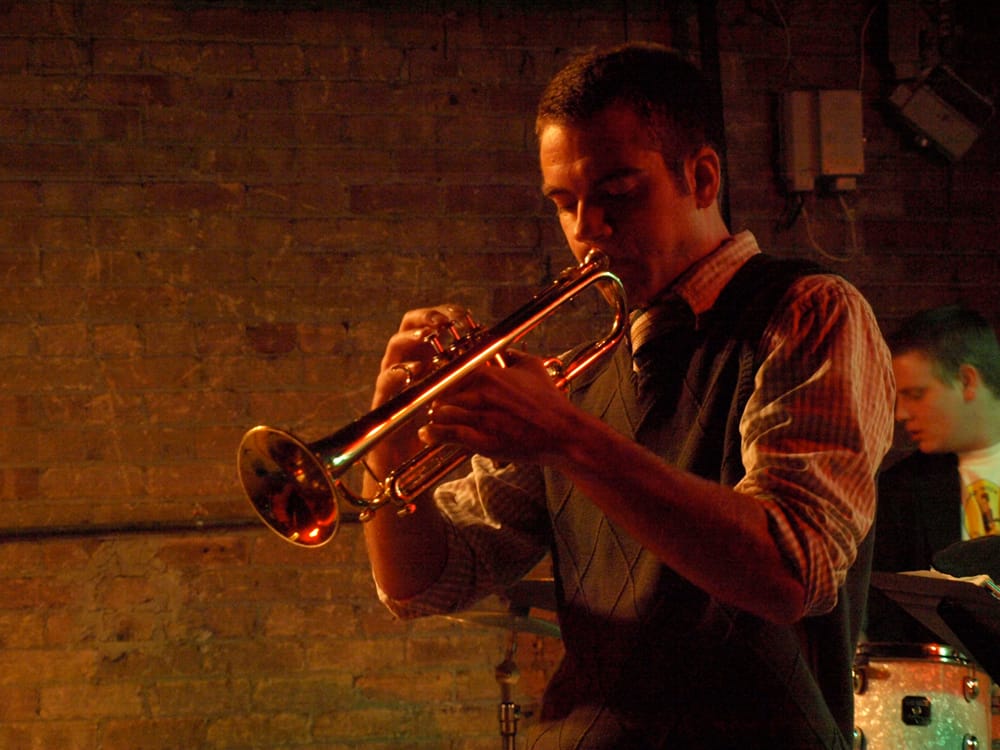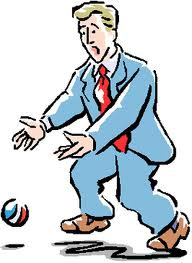How to Practice Licks That Don’t Sound Like Licks
It is my honor to introduce all of you to our guest contributor for our latest post, Mr. Justin Scoville. Justin and I first met at the University of Denver in 2004. Justin, in addition to being a fine jazz trumpeter, has recently started his own blog at The Jazz Daddy (which I highly recommend you check out). He comes from a rich heritage of Denver-based jazz instruction at CCJA, studied at the University of Denver and holds lucrative liberal arts degrees from BYU and the University of Colorado Denver. And (like many musicians these days) balances a family, day job, blogging, playing jazz, etc.
Thanks to Jason for letting me pop in for a guest post!
The precocious and tragically short-lived trumpeter Booker Little recalled some sage advice he received from Sonny Rollins while rooming with the venerable tenor saxophonist in 1954: “Sonny was a big help. For one thing, he cautioned me about becoming overly influenced by other players. ‘You’ve got to be you,’ he told me, ‘whether that’s good or bad.’” At the time, Little was heavily influenced by Clifford Brown. After taking Sonny’s challenge to heart, Booker went on to be one of the most unique jazz soloists during the late 50’s and early 60’s before his premature death.
Part of Little’s singular approach to improvisation was utilizing quarter tones and employing harmonic dissonance (influenced by his understanding of classical music) over traditional bebop harmonies. For an example of this, check out Booker’s solo at 4:30 on “Things Ain’t What They Used To Be”:
[youtube https://www.youtube.com/watch?v=IMJXFXtbdMA]
I believe Booker is a great example for us all. He spent the time to emulate the great masters that had laid the foundation of jazz, but then infused his own musical interests into what was (at the time) common jazz vocabulary.
Booker wasn’t the first or last to do this. Charlie Parker copied Lester Young, Clifford Brown copied Fats Navarro, and so on. The question is, what are you going to do with all of the cool licks you’ve learned?
Today I’m going to share three simple techniques that will help you go beyond rote imitation and start discovering your own sound. These three techniques are 1) octave displacement, 2) rhythmic variation, and 3) sidestepping.
Let’s take a lick that is fairly common in jazz, like this one:
To add a little variety and challenge to my practice session, I’ll arbitrarily decide to raise or lower certain notes by an octave, paying homage to Eric Dolphy. Here’s an example:
Next, I’ll add some rhythmic variation. Throw in some quarter note triplets, triplets, and quintuplets, and voila! You sound pretty different from all of your lick-playing buddies:
Finally, some sidestepping adds a final dash of harmonic ambiguity. Here, I raised or lowered certain notes to hint at F7 Altered Dominant. Or something like that.
Well, those are some techniques I use to spice up my licks. What have you all tried? Share your comments below!








Actually curves of melodic line are individual, like fingerprints. Therefore, for each improviser required to learn their own speech melody , including the typical curve patterns, as well as of intervals. It is here that is hiding individual style, while sounds and licks known to all!
Hey jazzman1945! I agree that there is more to discovering your individual style than practicing sounds and licks. The strategies I’ve shared here are just meant to be a starting point for musicians to incorporate individuality into practice sessions. Thanks for your comment!